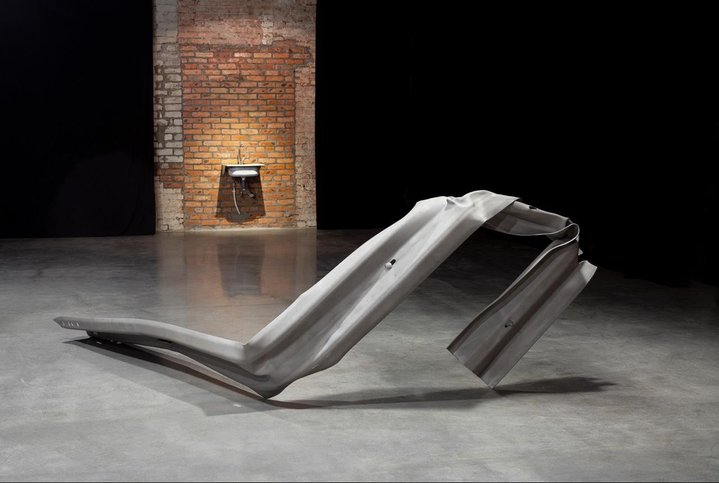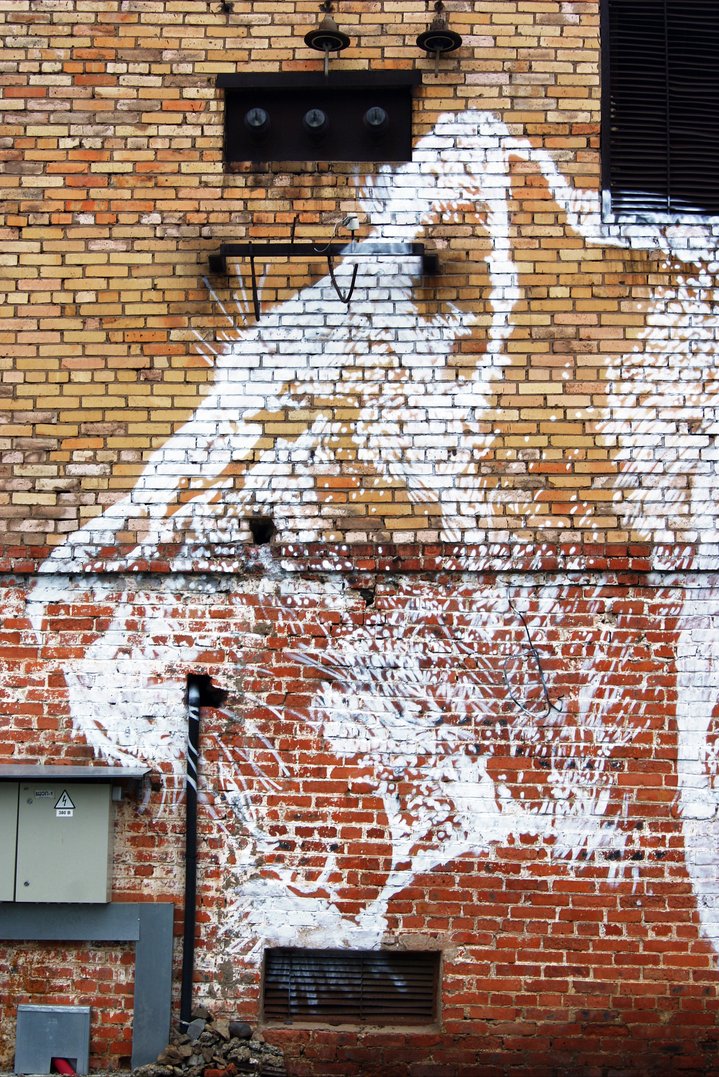Kasia Volinsk (Germany). Photo documentation of the performance ‘Diggers of Graves’, 2018
The curator of two artist residencies in Russia speaks about the surprises one can expect in such a place. They are not always pleasant, yet for those who are not afraid to leave their comfort zone, an artist residency can turn into an eye-opening adventure.
There are many reasons why an artist might want to spend time in an art residency. It could be a desire to break from routine or a search for privacy. A residency can be an opportunity to rethink what we do or distance oneself from normal life. In that sense, we have all been “residents” during the last few months. This might be an oversimplification, but my experience shows each resident goes through certain cycles. I call them ‘Solitude’, ‘Interest’ and ‘Fading Interest’, ‘Collision’ and ‘Conflict’ and, finally, ‘Reconciliation’.
There are well established rituals in these artistic pilgrimages. Countless nomadic artists appear, who often almost never live in one place, but hop from one residency to the next. What such artists produce almost never relates to the environment that surrounds them. This could be because the artists are surrounded, albeit virtually, by a network of artist-curator-colleagues-friends, with whom they drift on the waves of global trends.
Both in the Vyksa residency and the older Zarya one, we welcome artists who are able to strengthen their presence in a place and analyse it. Facing a new environment for an artist can be uncomfortable, and even dangerous. The artist has no one to share memories with and no one to lean on.
Many things that were commonplace turn out to be exotic in a new environment. The joy of meeting something the artist finally knows is overtaken by disappointment, because the experience gained before will now no longer be of use. This leaves the artist naked in unfamiliar circumstances.
For instance, a Chinese-Thai artist flew to Vladivostok in flip-flops convinced that everywhere in Asia is warm. He also radiated happiness after buying a bag of black rice at a neighbouring market, but was deeply disappointed on finding the bag in fact contained roasted sunflower seeds.
A well-organized German female artist was flummoxed by the way buses work in Russia. In Germany, tickets are paid on entering the bus. In Vladivostok, payment it is done on leaving it. Attempts to clear up any misunderstanding with a foreigner in Russia inevitably causes nothing but noise. He or she doesn’t understand Russian, but all the others are convinced the person is simply deaf and therefore shout even louder. One of our residents was terrified when his Russian roommate called out in a loud voice, “Hey, come here, let’s have a drink!” The foreign resident didn’t understand the words, but heard the intonations and was sure an act of violence was about to happen.
Problems don’t only arise with foreigners. When Russia-based artist Haim Sokol came to the Vyksa metallurgic factory for a tour of its spectacular premises, he was asked to blow into a straw in order to measure his alcohol level. This was a standard operating procedure, dictated by safety regulations. Yet, the artist found it so offensive that he refused to take part in the excursion.












